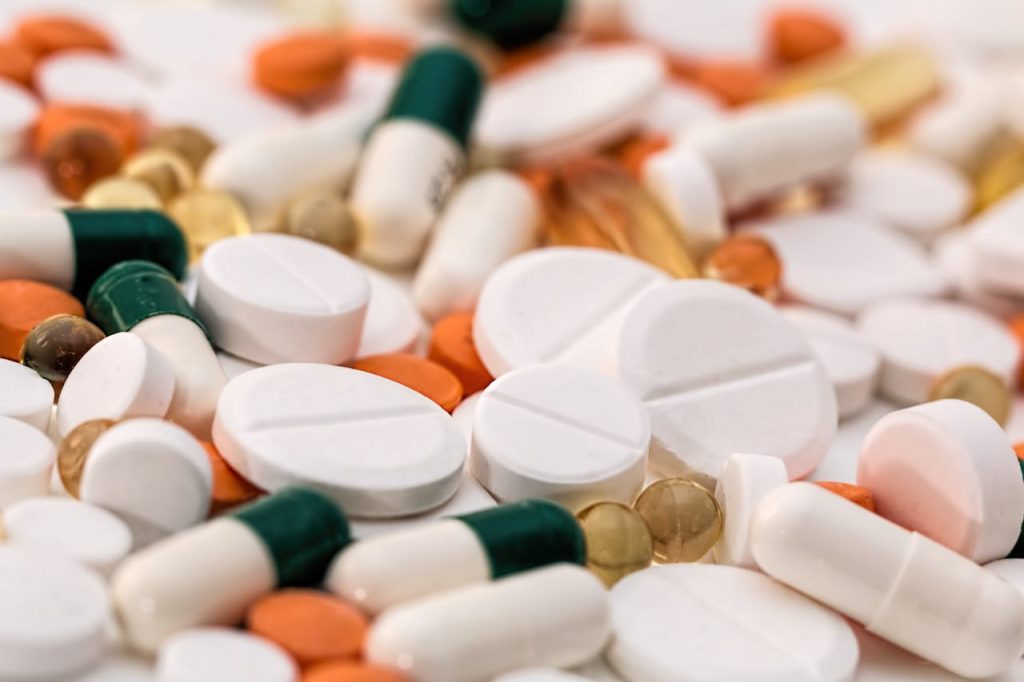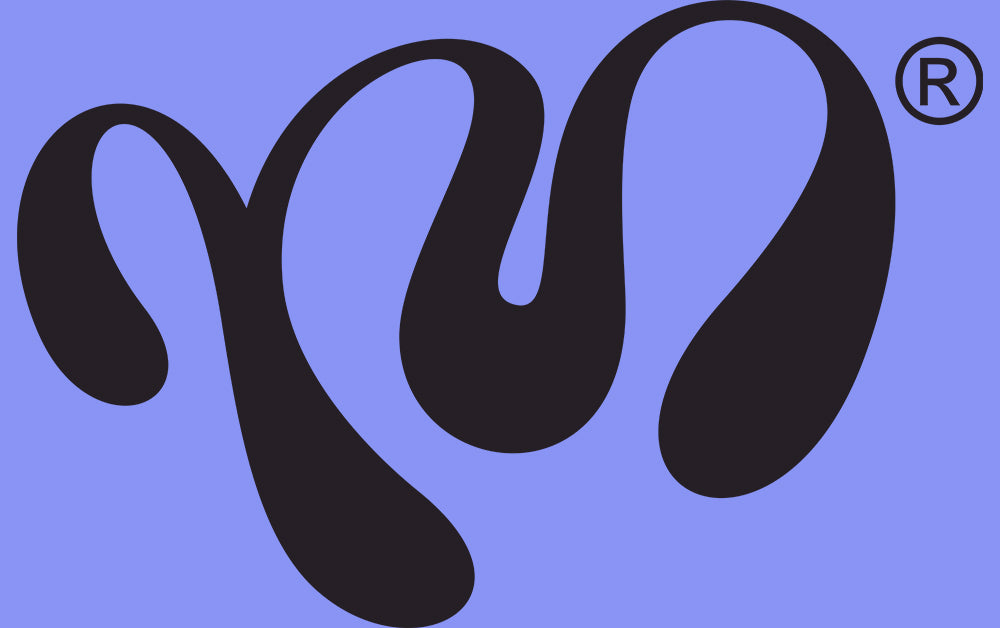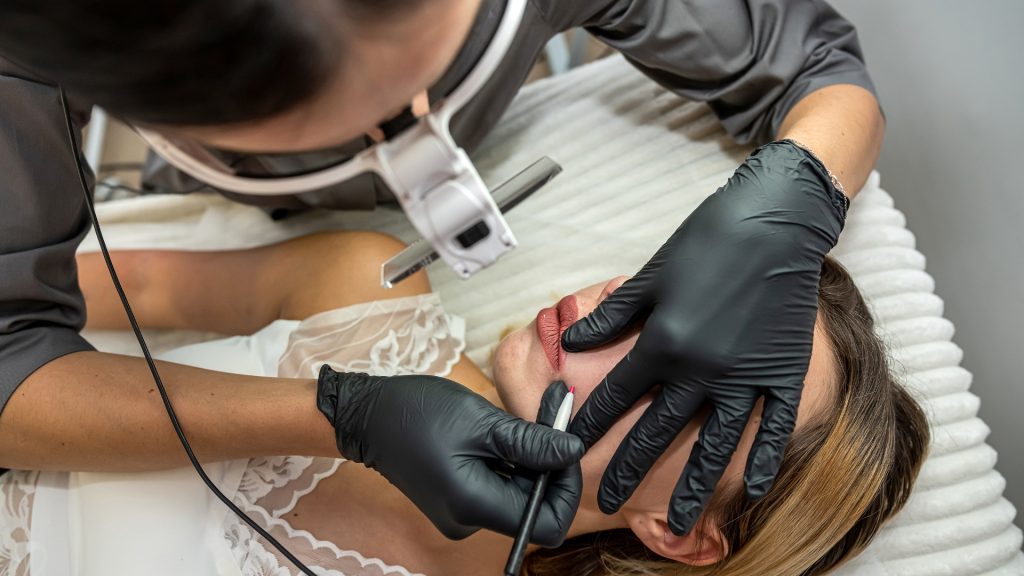Millions of Americans face the difficult decision of choosing between their health and their finances. Prescription medication prices have reached a point where even insured patients sometimes find themselves unable to pay for the drugs they need to manage chronic conditions, treat acute illness, or simply survive.
Whether it’s due to lack of insurance, high deductibles, or medication that falls outside the coverage window, being unable to afford your medicine is a frightening experience. But the good news is, help is available. Across the country, a wide range of resources exist—from drug discount programs and nonprofit assistance to manufacturer-sponsored support and community care options.
If you’re struggling to pay for your prescriptions, this guide offers practical, real-world solutions to help you get the medications you need without breaking the bank.
Understand Why Medications Are So Expensive
Before diving into assistance options, it’s important to understand why medications can be so costly. The price of prescription drugs in the U.S. is influenced by several complex factors. Pharmaceutical companies often cite the enormous expense of research and development (R&D) as a reason for high prices. Bringing a new drug to market can cost billions of dollars and take more than a decade. These costs are frequently passed along to the consumer.
In addition, the patent system allows companies to maintain exclusive rights to a drug for years, preventing the production of lower-cost generics during that time. Once patents expire, generic versions may become available, but many patients are either unaware of them or are prescribed brand-name medications when a more affordable option exists.
It’s also worth noting that pharmaceutical marketing, lobbying, and supply chain markups inflate costs even more. This landscape can leave patients scrambling to find discounts, such as a mounjaro coupon, just to stay on their prescribed treatment.
First Steps: Talk to Your Doctor or Pharmacist
When medication costs feel overwhelming, your first step should be an honest conversation with your doctor or pharmacist. Many patients assume their healthcare providers are powerless in the face of pharmaceutical pricing, but that’s often not the case.
Doctors can sometimes prescribe a lower-cost alternative that’s just as effective, including generic versions or therapeutic equivalents. In some situations, a higher-dose pill can be split to provide multiple doses, reducing the total cost, though this must only be done with a provider’s approval.
Pharmacists, too, can be a powerful resource. They know which drugs are on discount programs and can recommend ways to reduce your out-of-pocket costs. In some cases, they can even provide samples from the pharmacy’s inventory or request them directly from pharmaceutical representatives. It never hurts to ask.
Manufacturer Assistance Programs (PAPs)
Pharmaceutical companies often help patients who can’t afford their medications through programs known as Patient Assistance Programs (PAPs). These programs provide free or low-cost medications to qualifying individuals, especially the uninsured or underinsured.
Each program is different, but most require you to complete an application that includes information about your income and insurance status. Some require documentation from your doctor. Once approved, you may receive your medication by mail or directly through your doctor’s office or pharmacy.
Programs like Pfizer RxPathways, the AbbVie Patient Assistance Foundation, and Lilly Cares Foundation are examples of pharmaceutical companies stepping in to help. It may take a bit of paperwork and time, but for patients needing high-cost medications, the savings can be dramatic.
Government and State Assistance Programs
Government resources provide another layer of support, especially for seniors, low-income families, and individuals with disabilities. Medicaid is a state and federally funded program that offers full or partial prescription drug coverage to qualifying individuals. Each state administers its own Medicaid program, and eligibility criteria vary, so it’s important to apply directly through your state’s health department or benefits office.
For those enrolled in Medicare Part D, the Extra Help program (also called the Low-Income Subsidy) is available. It helps reduce premiums, deductibles, and copayments for prescription drug coverage. If you qualify, you could save thousands annually.
Some states also offer Pharmaceutical Assistance Programs (SPAPs), which provide financial help to residents who struggle with prescription costs. These programs vary widely in scope and funding, so check your state’s health website for details.
Nonprofits and Charitable Organizations
Nonprofit organizations play a crucial role in helping patients afford medications. These groups often act as intermediaries between patients, manufacturers, and pharmacies, providing resources and funding for those in need.
Organizations like NeedyMeds and RxAssist offer databases of assistance programs, searchable by drug name or manufacturer. The HealthWell Foundation and the Patient Advocate Foundation go a step further by providing direct financial aid to offset co-pays, insurance premiums, or travel costs associated with treatment.
Conclusion
If you’re struggling to afford your medication, you’re far from alone—and more importantly, you’re not without options. From pharmaceutical assistance and government programs to discount services and nonprofit support, help is out there. The process might require persistence and a little paperwork, but the reward is access to the treatment you need. No one should have to choose between financial stability and their health. With the right information and resources, you can take back control and find the support you deserve.





















